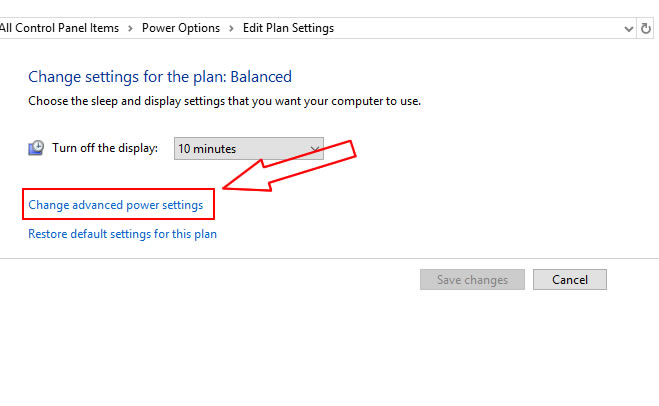The cooling fan in a laptop plays a very important role. Cools the processor and other related equipment when users put excessive pressure (while running heavy programs) on them. By default, it is mostly set to auto speed, if the user puts a lot of pressure on the CPU, the cooling fan speed will increase and you may be able to hear the fan noise. In normal use, the speed would be slow and almost silent. There is no doubt that a lower CPU temperature would extend its life.
For some users, the constant heating of the CPU may not matter, they may prefer a silent fan instead. At the same time, low CPU temperatures may be the first priority for some users even if the fan makes noise (while running at high speed). That’s why today we’ve brought you a tutorial where we’ll explain three different methods for adjusting the fan speed.
Changing the fan speed through the BIOS
The BIOS in your laptop is basically a program that plays an important role in controlling the hardware. In some laptops, the fan speed can be set by the user through the BIOS. You can easily access the BIOS settings by pressing a specific key (listed on the boot screen) at startup. Most laptops use the function keys (F1-F12) to access the BIOS on the home screen.
Once you get to the BIOS, you can find the fan speed control option in the advanced settings or configuration submenu. It depends on the make and model of your laptop. If supported, you may be able to change the system settings and get the fan to run at the desired speed.
Change fan speed via Windows power plan
Some laptops also have built-in thermal sensors and fan controllers that allow users to control fan speed through Windows Power Plan settings. Through it, the user can choose different ways of controlling the fan.
First of all, open the notification area and select the power icon. Now click on “More power options” > “Change plan settings” > “Change advanced power settings.” Now the processor power management sub-menu will appear, here you can see the “System cooling policy” option only if your laptop has built-in thermal sensors.

On this screen, selecting the “Active” option will make the fan run more often. While at a cooler temperature, selecting the “Passive” option will set the cooling fan to not run until your laptop’s CPU reaches a higher temperature.

Changing the fan speed through third-party applications
Again, if your laptop has heat sensors and fan controllers, you can also use third-party apps instead of the built-in Windows settings. Some well-known applications such as ASUS FanXpert+ (for Windows) and smsFanControl (for Apple Macbook) allow system temperature monitoring and fan speed control. These applications typically use the help of 4-pin fans that use pulse width modulated voltages to respond to temperature changes. It is worth mentioning that many laptops did not have a controllable fan.
Also read: How to fix a laptop fan that makes a loud noise
If you have any other laptop-related questions, we recommend visiting our advice section.